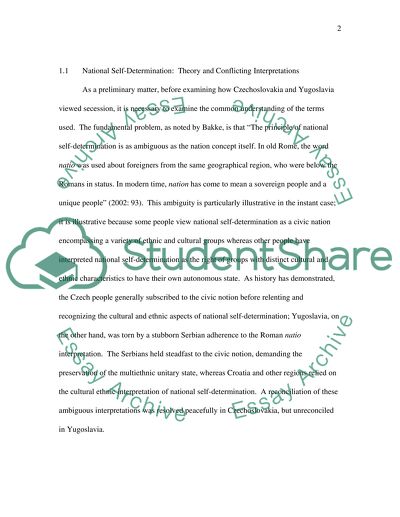Cite this document
(“Self determination, Yugoslavia Czechoslovakia Essay”, n.d.)
Self determination, Yugoslavia Czechoslovakia Essay. Retrieved from https://studentshare.org/miscellaneous/1529637-self-determination-yugoslavia-czechoslovakia
Self determination, Yugoslavia Czechoslovakia Essay. Retrieved from https://studentshare.org/miscellaneous/1529637-self-determination-yugoslavia-czechoslovakia
(Self Determination, Yugoslavia Czechoslovakia Essay)
Self Determination, Yugoslavia Czechoslovakia Essay. https://studentshare.org/miscellaneous/1529637-self-determination-yugoslavia-czechoslovakia.
Self Determination, Yugoslavia Czechoslovakia Essay. https://studentshare.org/miscellaneous/1529637-self-determination-yugoslavia-czechoslovakia.
“Self Determination, Yugoslavia Czechoslovakia Essay”, n.d. https://studentshare.org/miscellaneous/1529637-self-determination-yugoslavia-czechoslovakia.


